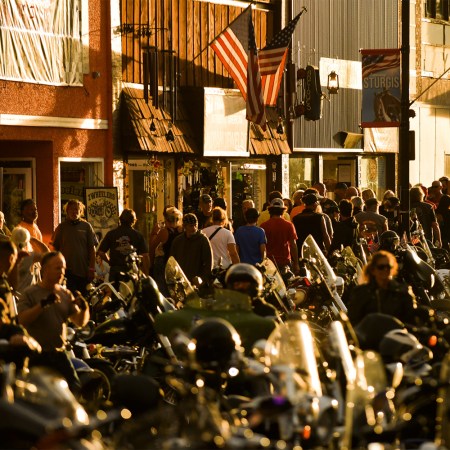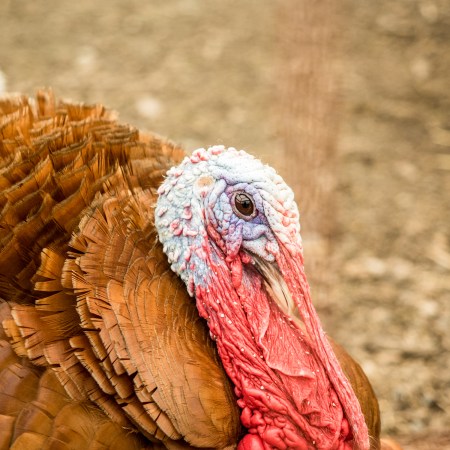In the 19th century, buffalo in North America were hunted to the brink of extinction, with around 300 remaining by century’s end. The campaign to hunt buffalo was inexorably connected to the nation’s policies regarding Indigenous Americans, with many enthusiastically hunting buffalo with the aim of reducing Native Americans’ food supply.
Over a hundred years later, that effort is now seen as a historical atrocity — with a number of diverse participants now invested in cultivating a thriving population of buffalo (technically, bison) in the United States.
Writing at The Guardian, Matt Krupnick detailed the efforts of the Rosebud Sioux nation with this goal in mind. Two years ago, they began amassing buffalo with the aim of assembling the largest herd of Indigenous-managed buffalo. Currently, they’re at 750, with a goal of 1,200 increasingly in sight.
They aren’t the only ones doing so; the article cites data from the InterTribal Buffalo Council to the effect that 55 herds in 19 states are managed by Indigenous nations. There are numerous reasons for this, including addressing food insecurity local and raising revenue more broadly.
There’s also the notion that restoring the population of buffalo would also be good for the local ecology — putting this effort in sync with global rewilding projects. And it also helps explain why groups from the United States government to the World Wildlife Federation have expressed their support for the Rosebud Sioux nation’s effort, and others like it.
Thanks for reading InsideHook. Sign up for our daily newsletter and be in the know.


















